Joro spiders: What they are and how to get rid of them
Joro spiders are becoming a common pest
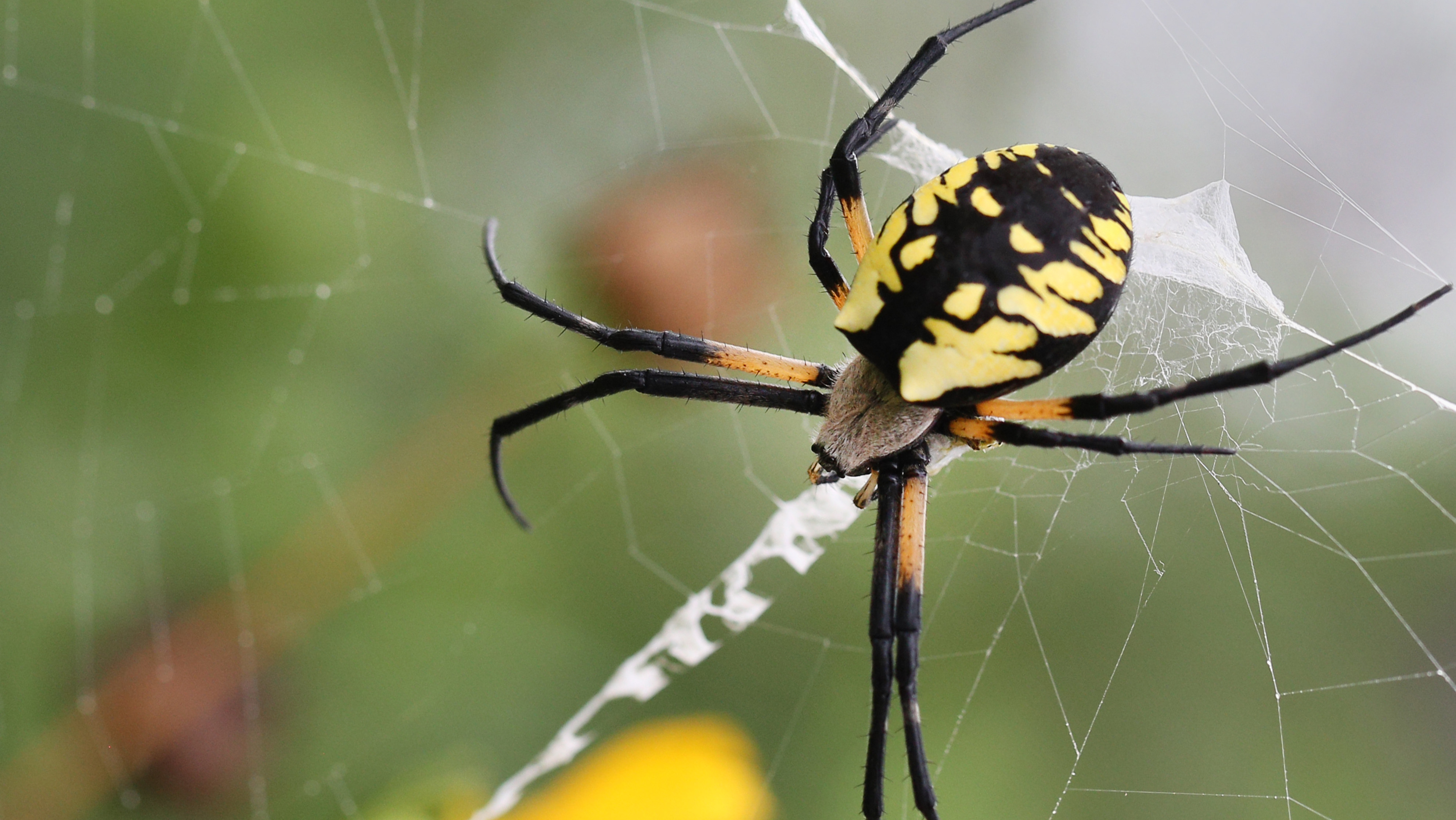
Every year as the weather warms up, we have to deal with a fresh swarm of pests as they venture out from their winter hiding places. While you’re likely to face the usual suspects in 2024, this year may also include your first exposure to a new contender: the joro spider. Introduced to the U.S. in 2013 when they were first seen in Georgia, joro spiders have multiplied in number and spread to many of the southeastern states. They currently reside most prominently in Georgia, North Carolina, South Carolina, Alabama and Tennessee — but they’re traveling up the East Coast.
It should be noted that, first and foremost, joro spiders are not harmful to humans even though their bite is venomous. This is because their poison is designed to incapacitate much smaller prey and is therefore ineffective on us. Still, many of us don’t really want our homes to become a hotspot for joro spiders. Whether you’re scared of eight-legged creatures or simply want to keep your house free of unwanted guests, there are a few ways to rid your space of joro spiders.
What are joro spiders?
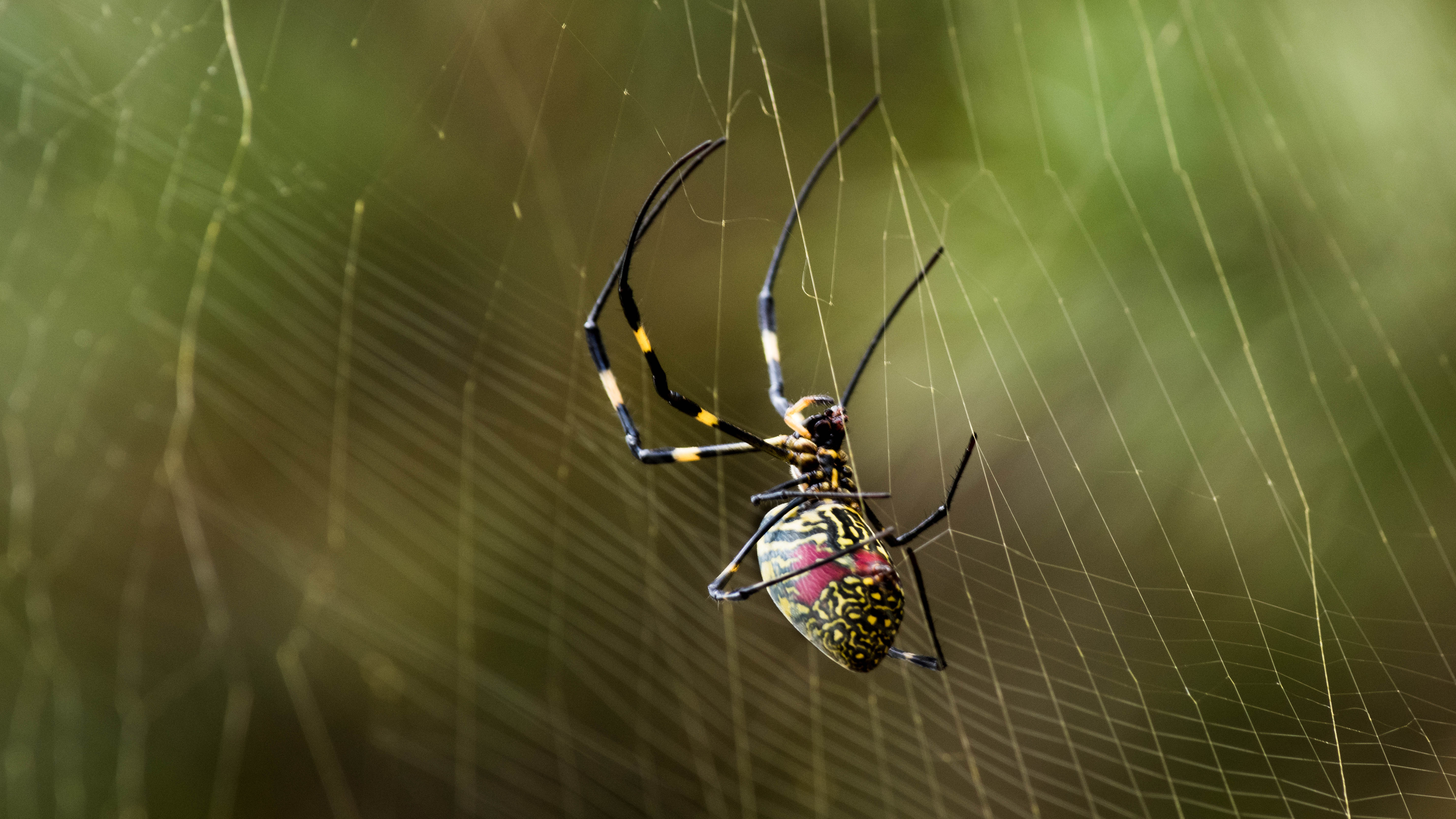
The joro spider is an arachnid native to East Asia. The females are larger than the males, with a leg span of roughly 4 inches and vibrant black-and-yellow or blue coloring. Males are much smaller and are mostly brown in color. They have a long, narrow body and striped legs, which makes them quite easy to spot. Even their webs are eye-catching, thanks to the golden tint of the silk.
While the female’s coloring suggests a poisonous predator, joro spiders are actually rather shy and timid when it comes to human interaction. As mentioned above, their bite is harmless to humans and instead the spiders mostly consume small insect prey.
They also don’t fly, although they have a way of traveling that does take them airborne. One of the ways that the joro spider is able to migrate so quickly up the East Coast is via “ballooning,” which involves using a strand of silk to float on the wind and travel across larger distances. Since their initial arrival in the Southeastern U.S., they have since been spotted in states as Maryland and West Virginia.
How to get rid of joro spiders
Insecticides

Perhaps the most obvious and effective method of joro spider removal is to treat an infestation with a chemical deterrent. Insecticides that include lambda-cyhalothrin, deltamethrin and bifenthrin are going to be particularly effective on this species of spider; check the labeling of any pest spray to make sure it’s going to target the right creature.
Insecticides will paralyze and ultimately kill the spiders, thereby effectively reducing your infestation, but they can also be quite toxic to humans so use them with caution. Wear protective gear such as gloves and only spray in areas where children or pets can’t accidentally ingest the product.
Sign up to get the BEST of Tom's Guide direct to your inbox.
Get instant access to breaking news, the hottest reviews, great deals and helpful tips.
Manual removal
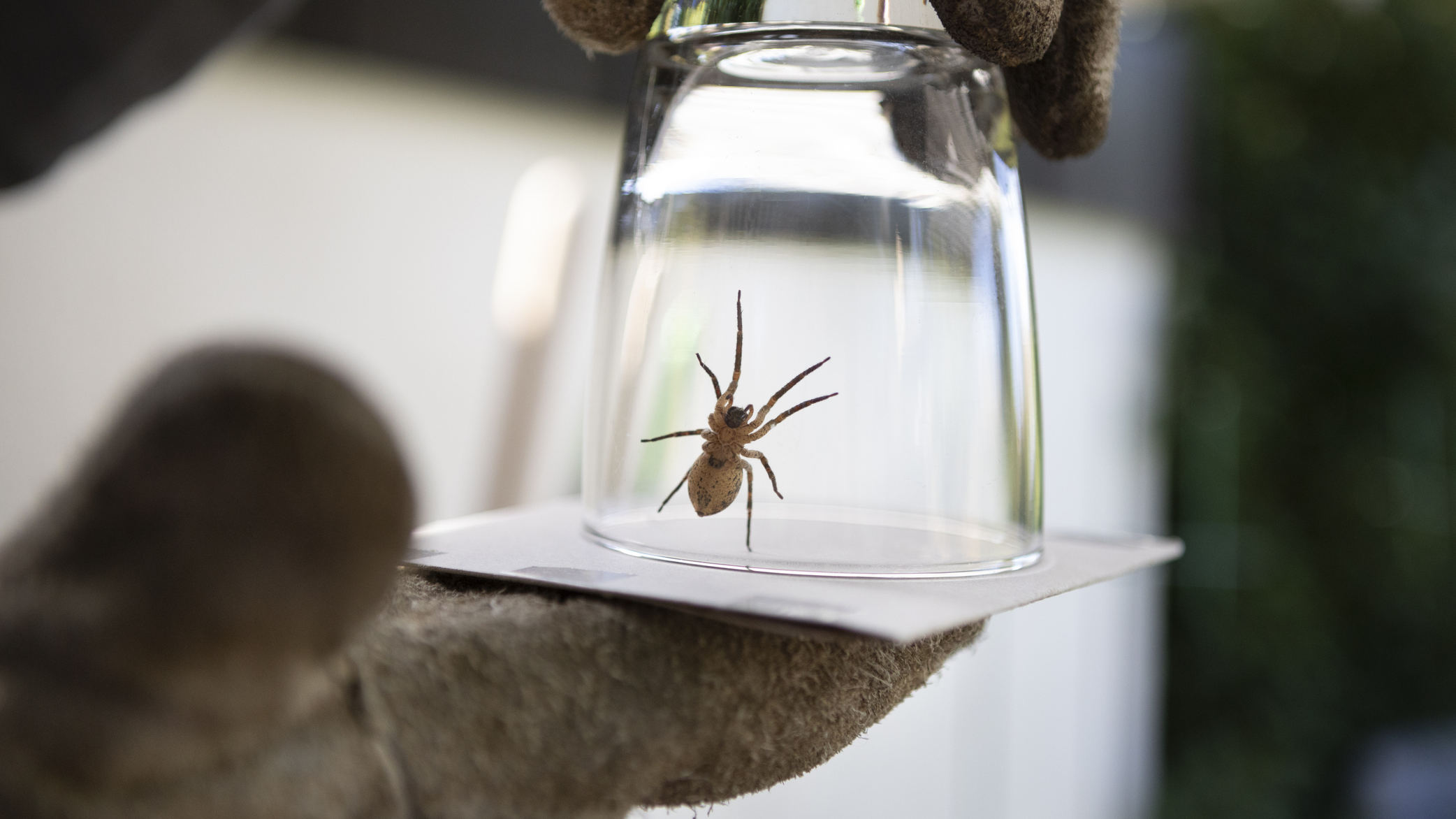
Joro spiders can be caught individually and either killed or removed from your home or yard, depending on your preference, just like any other household spider. You can use a hand, a piece of tissue, a cup and a covering, or even a vacuum; the vacuum is a good idea for removing the webs and possible egg sacs, which will help to resolve the overall infestation. This could be time intensive if you have a large population of joro spiders and it also won’t treat the root of the infestation. However, it is probably the most practical (and affordable) option for smaller pest problems or one-off appearances.
Spider traps
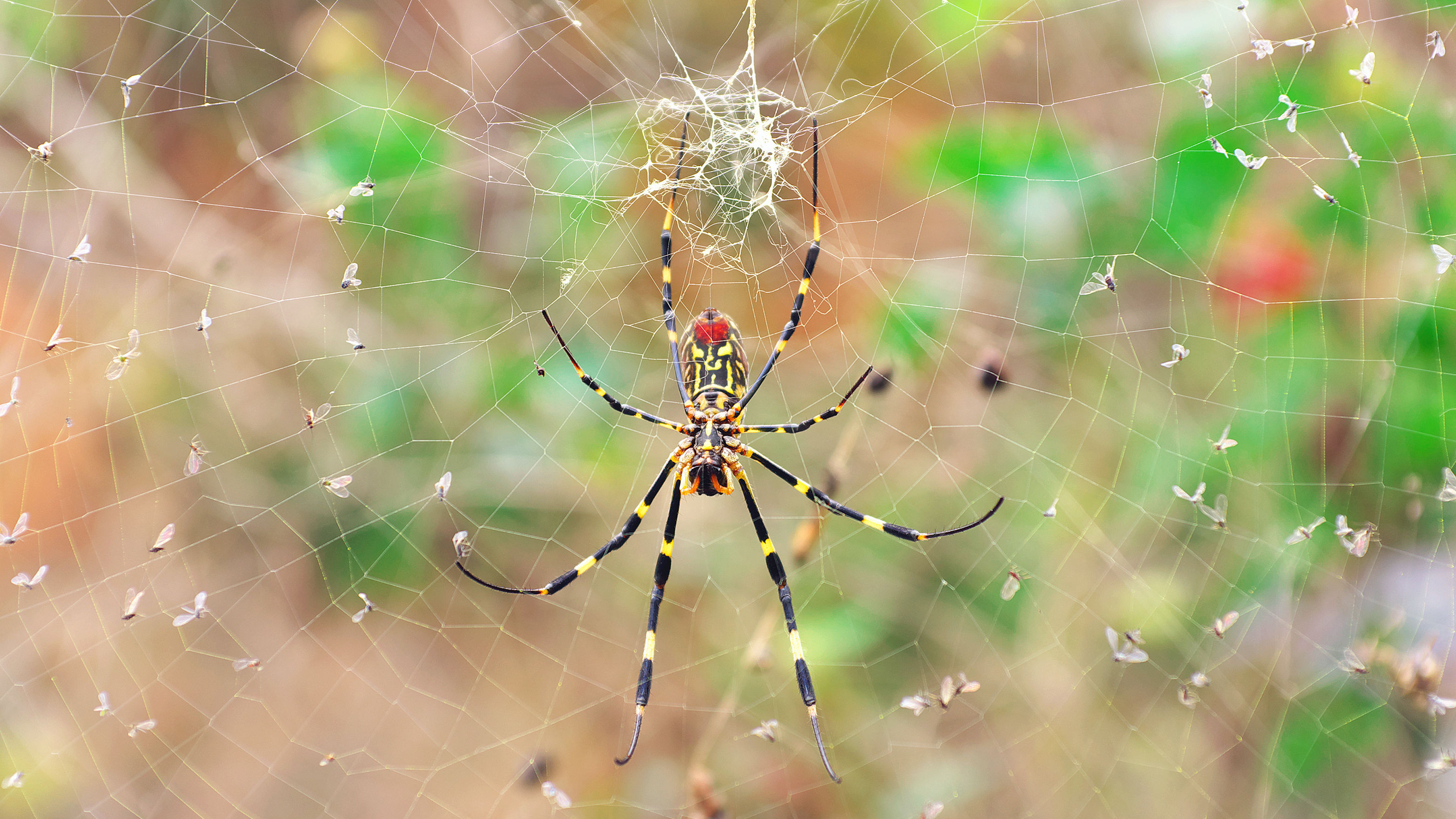
If you want to avoid a chemical treatment but also want something more systematic than simply removing spiders as you see them, then consider spider traps. You install them at the most likely sources of entry to your home, such as doorways and windows, then let the spiders come to them. For example, the Trap a Pest Spider Traps ($9, Amazon) use ultra sticky insect glue and come with 16 individual traps to use around your house or yard.
Look out for designs that are specifically designed for this kind of creature for the most impact. Once installed, make sure you’re emptying them regularly and repositioning them as needed, in order to see the best results.
How to prevent joro spiders from arriving in the first place
Herbal deterrents

Just as you might discourage pests in your garden by planting strongly-smelling varieties, you can use natural odors as a deterrent in your home as well. Some common home remedies that should be easy to make and apply to affected areas include vinegar, garlic and peppermint sprays.
These are simply the raw ingredient (or essential oil), combined with water and then sprayed liberally where you want to deter pests. You can also place small plant pots of peppermint around the home, for something more aesthetically pleasing. There's also 9 plants that repel spiders that you could consider purchasing for your home.
Tackle other insect problems
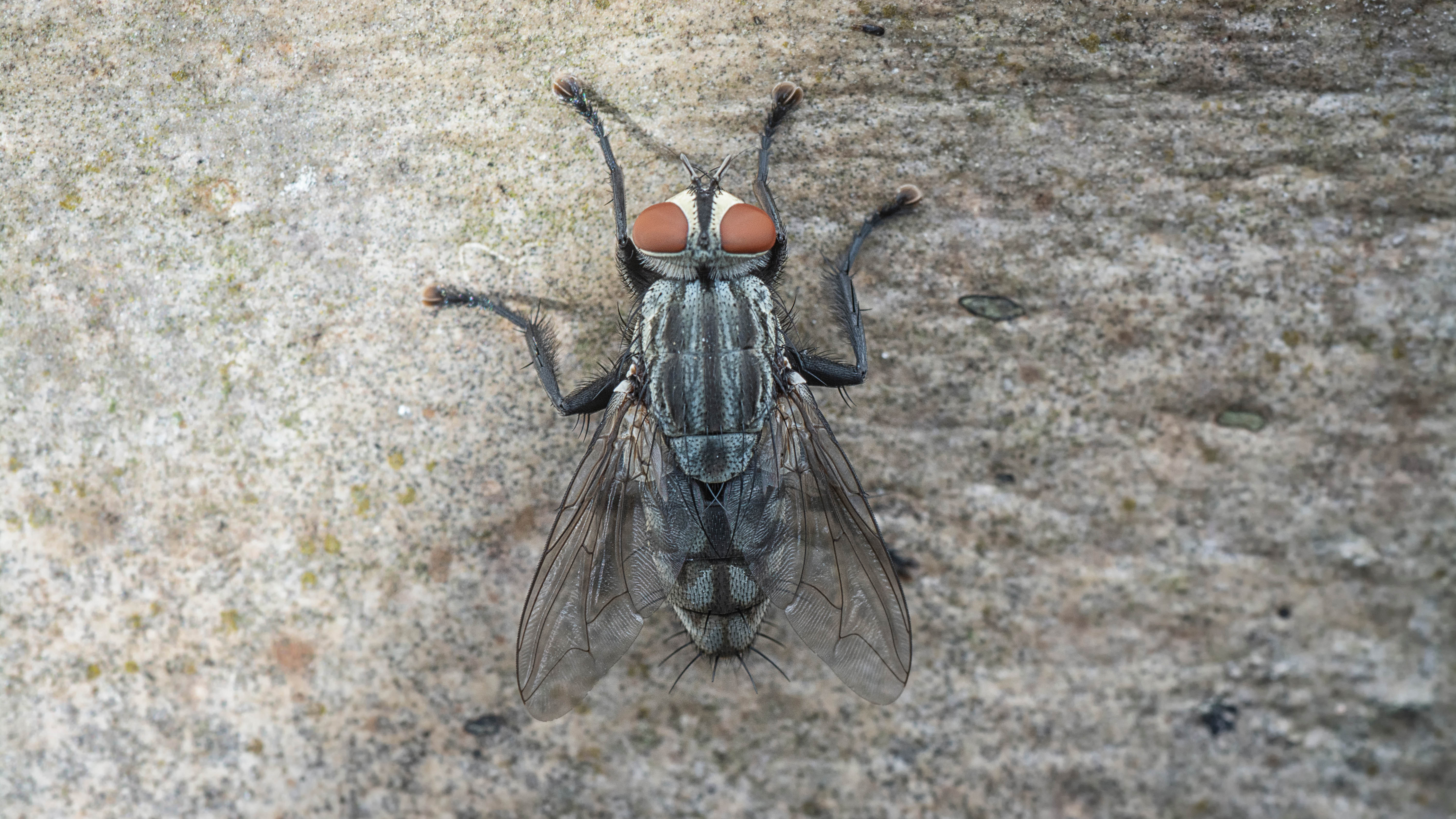
Joro spiders don’t want to disrupt our lives, they simply want to find a home that is warm and full of food. To that end, by eliminating potential food supplies you can create an inhospitable environment and deter the joro spiders from coming inside at all.
The spiders will eat small insects like flies, ants and mosquitoes, so treat your home for any of these potential meals. If you have no prey for the joro spiders, then they will ultimately look elsewhere.
Clean up any potential habitats

Similarly to the previous point, another way to prevent a joro spider infestation is to remove any potential habitats. In your yard, look for any dark shed corners or patches of rotting leaves that might provide the perfect home for a joro spider or its prey.
Healthy yard maintenance has a host of benefits but a big one is that it reduces the likelihood of pest infestations, whether you’re clearing away the home of the prey or the predator.
More from Tom's Guide
Madeleine Streets is a writer and content manager based in New York City. She covers an eclectic mix of lifestyle, technology, finance and health and has been published in Tom's Guide, Women's Wear Daily, SELF, Observer, Footwear News and others. Originally from London, Madeleine has a penchant for tea, baking and moody weather. When she’s not writing, you can find her exploring the city’s bookstores, hunting down new restaurants, fostering cats and cheering on Arsenal FC.

